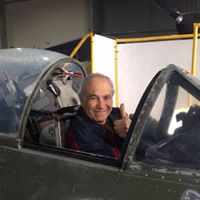Which commonly-used first-aid technique was first developed only in the 1960s?
It was not until the middle of the 20th century that the wider medical community started to recognize and promote artificial ventilation in the form of mouth-to-mouth resuscitation combined with chest compressions as a key part of resuscitation following cardiac arrest. The combination was first seen in a 1962 training video called "The Pulse of Life" created by James Jude, Guy Knickerbocker and Peter Safar. Jude and Knickerbocker, along with William Kouwenhoven and Joseph S. Redding had recently discovered the method of external chest compressions, whereas Safar had worked with Redding and James Elam to prove the effectiveness of mouth-to-mouth resuscitation. It was at Johns Hopkins University where the technique of CPR was originally developed. The first effort at testing the technique was performed on a dog; soon afterward, the technique was used to save the life of a child. Their combined findings were presented at the annual Maryland Medical Society meeting on September 16, 1960 in Ocean City, and gained widespread acceptance over the following decade, helped by the video and speaking tour they undertook. Peter Safar wrote the book ABC of Resuscitation in 1957. In the U.S., it was first promoted as a technique for the public to learn in the 1970s.
More Info:
en.wikipedia.org








